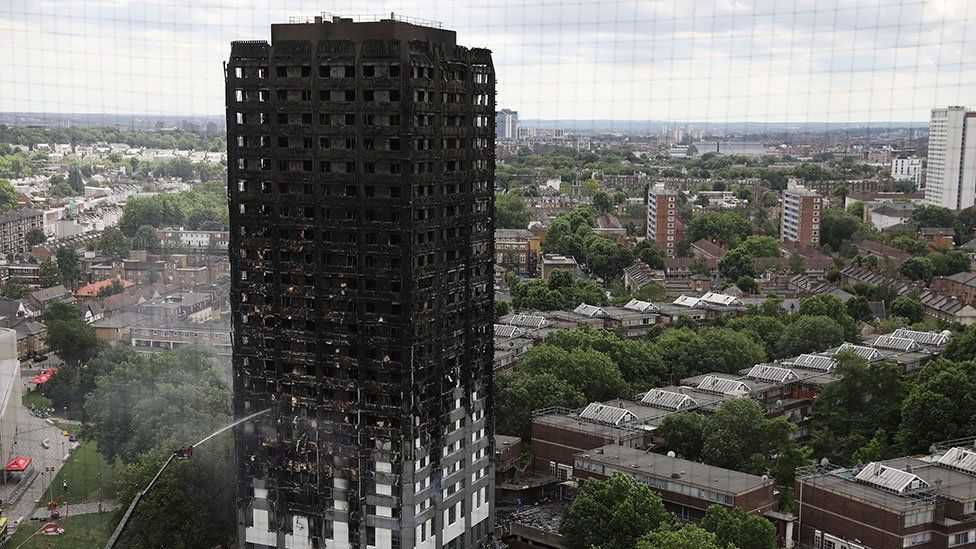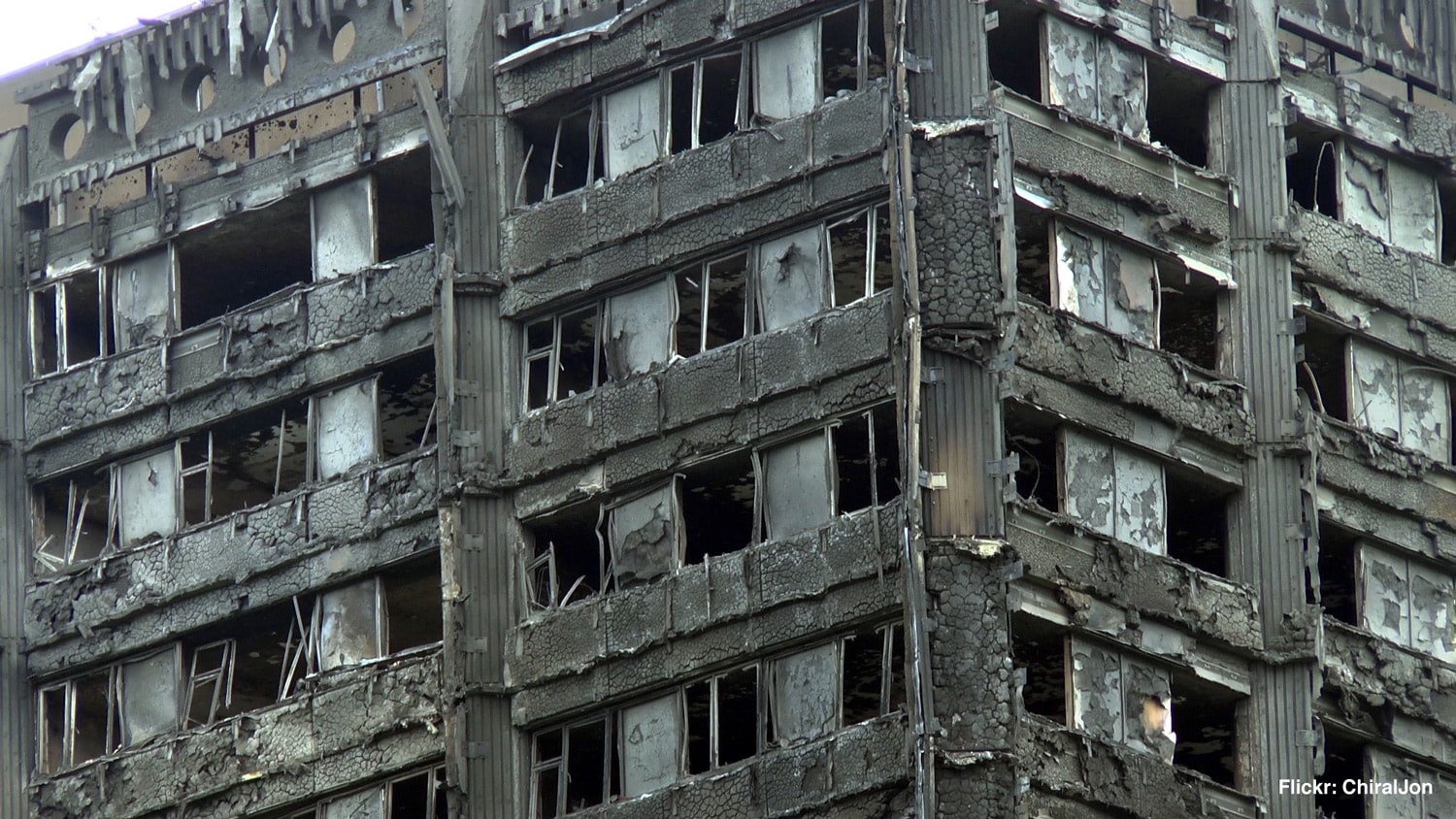
Briefing: New Building Safety Regulator – what you need to know
The Building Safety Act 2022 is 264 pages long and several of its provisions will not come into force for quite a while, but there are several features that will very quickly affect businesses and other bodies working in the construction industry. Probably the most significant and immediate is the establishment of a Building Safety Regulator. This briefing by rradar looks at the issues.
The Building Safety Regulator (BSR)
This is a new regulator established by the Act. It will be embedded in the Health and Safety Executive (HSE). The objectives of the BSR will be to:
- Secure the safety of people in and around buildings; and
- Improve building standards.
These objectives will be achieved by:
- Delivering a new regulatory framework for high-rise and other buildings within its remit (see below);
- Overseeing the safety and performance of all buildings; and
- Promoting the abilities of professionals and tradespeople that work on buildings.
What and who will be regulated by the BSR?
The BSR will regulate high-rise buildings. These are defined in Section 31 of the Act as:
- Buildings with seven or more storeys, or that are 18 metres or higher; and
- Have at least two residential units, or are hospitals or care homes, during design and construction.
There will also be registers of:
- Occupied high-rise buildings; and
- Building inspectors and building control approvers.
The regulatory framework for high-rise buildings
This is still in development, but it will include:
- The HSE as a statutory consultee for planning applications;
- The BSR as the building control authority for high-rise buildings;
- Decision points during design and construction;
- Clear accountability and statutory responsibilities for how buildings are designed, built, refurbished and occupied;
- A ‘golden thread’ of building information, which means information is identified, stored and updated throughout the building’s life cycle; and
- Mandatory reporting of prescribed fire and structural safety incidents to the BSR.
Committees
Under the Act, the BSR will create the following committees:
- Residents’ Panel to ensure residents have a voice in the development of the BSR’s policies and strategies. An interim residents’ panel is already in operation;
- Industry Competence Committee; and
- Building Advisory Committee.
It’s worth noting that under Section 11(3) of the Act, the BSR must take all reasonable steps to ensure that the Residents’ Panel includes:
- One or more residents of a higher-risk building who are disabled;
- A body that represents, supports or promotes the interests of any description of disabled people that includes residents of higher-risk buildings; or
- A member of such a body.
The powers of the BSR
The BSR will work with local authorities, fire and rescue authorities and technical experts to exercise its regulatory powers. This may include:
- Taking enforcement action where it is needed;
- Recovering costs from regulated parties.
Action taken by the BSR will be guided by:
- Regulatory best practice;
- Principles of consistency and proportionality.
Phasing in the BSR
The BSR currently exists in shadow form within the HSE. The GOV.UK website has a transition plan showing how different parts of the BSR will be established.
Key milestones to take place within the first year of the Building Safety Act 2022 coming into force are:
- Formal establishment of the Residents’ Panel;
- Strengthening of the powers of the Architect’s Registration Board; and
- Additional powers granted for the regulation of construction products.
Other elements are not expected to be established until at least 18 months after the Act comes into force. These include (but are not limited to):
- The creation of the Building Advisory Committee and Industry Compliance Committee;
- Mandatory registration of occupied high-rise residential buildings;
- Mandatory registration of building inspectors and building control approvers;
- Mandatory reporting of incidents that fall within the scope of the BSR’s remit; and
- The ‘Golden Thread’ of information coming into operation.





